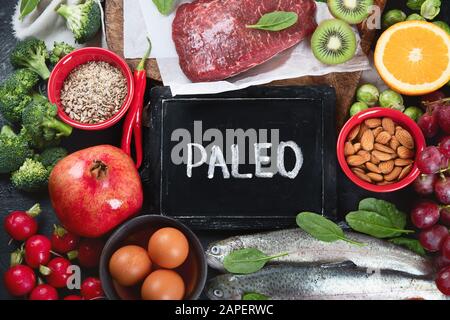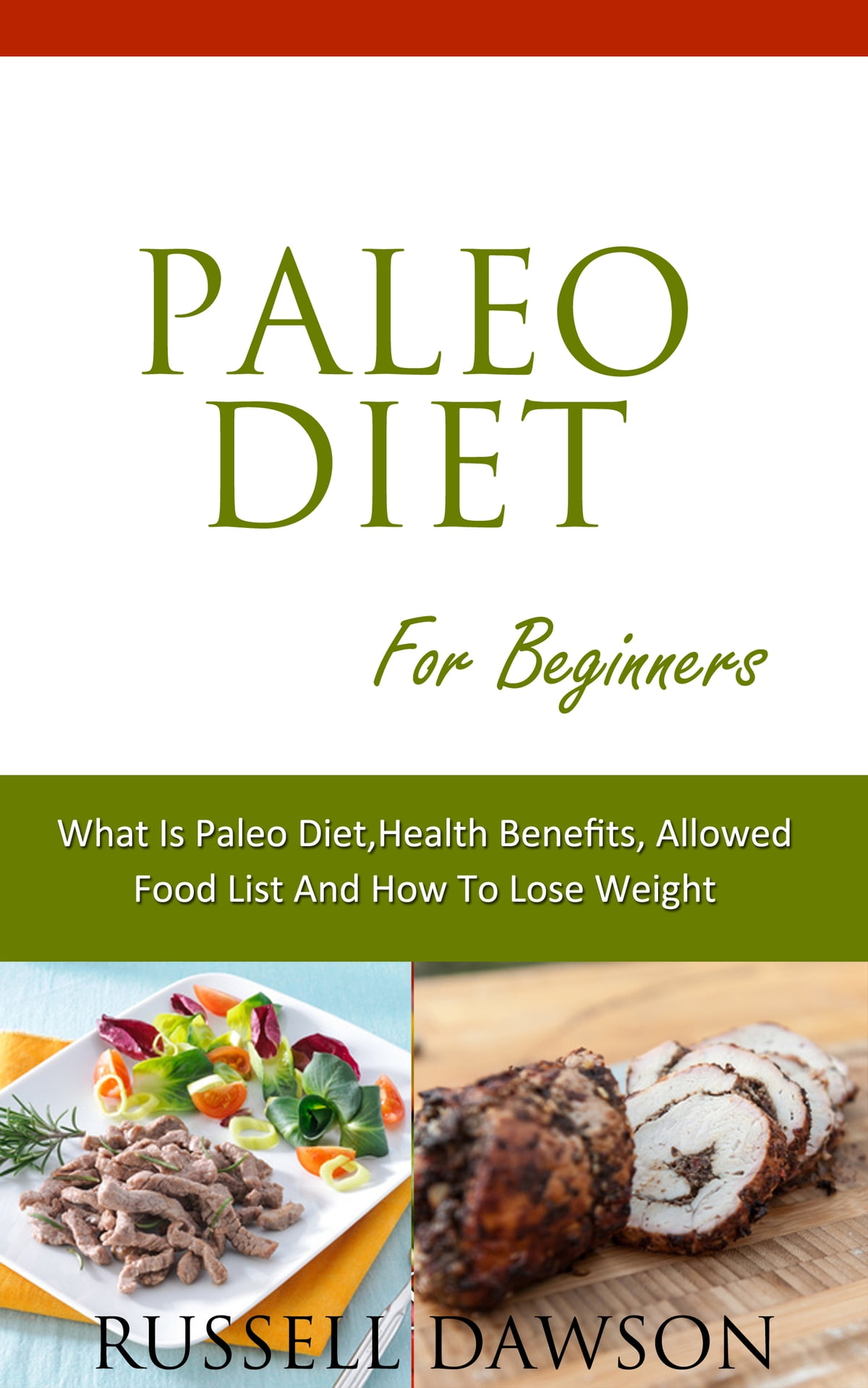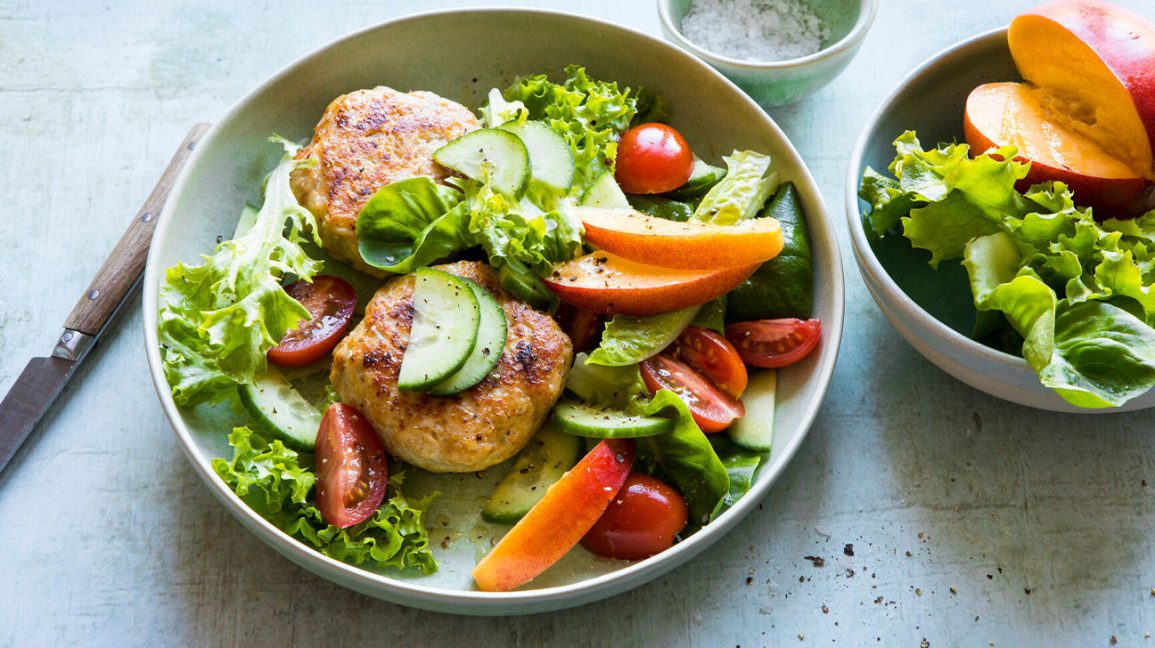
It is controversial to say whether Paleo can prevent heart disease. Although the benefits of the Paleo diet are well-known, some studies have shown a connection between it and an increased risk of developing cardiovascular disease. The diet's effects on arterial distensibility (or insulin resistance), plasma insulin levels during oral glucose tolerance tests, total cholesterol, LDL and triglycerides, as well circulatory metabolism, were studied by researchers.
Increased risk of heart disease
A new study shows that eating the Paleo diet significantly increases the level of a blood biomarker linked to cardiovascular disease. Trimethylamine noxide is a naturally-occurring organic compound that is found in the gut. Study of 44 Paleo and 47 traditional Australian participants revealed higher levels of TMAO. An increase in TMAO levels is associated with a greater risk of heart disease.
Four Australian universities found that Paleo-followers had higher levels of a compound associated with heart disease. Trimethylamine N-oxide is produced in the gut by bacteria and is related to the development of heart disease. Eating a Paleo diet is also known to lower levels of beneficial bacteria, but further studies will be necessary to determine the exact role that this reduced carbohydrate intake has on heart health.
An increase in the risk of inflammation
There is a connection between a Paleo diet and heart disease. People who eat a Paleo diet have higher levels of interlukin-10, a signaling molecule released by immune cells. Research suggests that a lower level of interlukin-10 can indicate a greater risk for heart disease. While high levels of interlukin-10 might counteract inflammation and help protect blood vessels, more research is necessary to confirm the relationship.

The Paleo diet consists of an omittal of grains, legumes, and vegetable oils. It is an excellent base for many heart-healthy diets. However, it is high fat. It can contain both saturated and non-trans fats. And it is expensive. Due to its high intake of meat and dairy products, Paleo is not affordable for everyone. These meats can be prohibitive for those on a low income.
Increased chance of kidney disease
Paleo is popular among health-conscious individuals, but it has its drawbacks. The diet emphasizes meat, which is high in cholesterol. Paleo discourages refined sugars consumption, as they are high in empty calories. Research has also linked these sugars to obesity, heart disease, and diabetes. The Paleo diet forbids legumes, and encourages meat consumption.
Paleo diet is good for increasing fiber intake. It also helps to reduce the waistline. The diet's high fiber content helps lower cholesterol levels. Avoid eating egg yolks, which are a common source of phosphorus. Egg whites are the better choice for renal health, as they provide high-quality protein. A lot of water can help decrease the protein levels in your urine. However, the risk of kidney disease remains.
Increased risk of developing heart disease among women
For many reasons, Paleo has been very popular. It is based on both the Mediterranean and Nordic diets and has many heart-healthy advantages. Its high allowance of animal fat means it is high in saturated and trans fats. A high intake of beef is associated with a higher risk of developing heart disease. However, a Paleo diet is not for everyone, and it can be expensive for low-income individuals.
Studies have shown that both cholesterol and saturated fat are not linked to an increase in the risk of heart disease among Paleo-style women. While Paleo does allow for some elimination of junk food, it does not eliminate saturated fat. A recent review of nutrition lines related to heart disease showed that there was no evidence linking saturated fat to cardiovascular problems. A paleo diet contains fewer vegetables than the standard diet but still includes plenty of fruits and vegetables.
Effects on gut bacteria

A new study found that Paleo eating habits may lower the risk of obesity, heart disease, and other chronic diseases. In this study, the researchers compared the TMAO levels of people who followed a strict Paleo diet and those who did not. The results showed that consuming a high-protein diet supported the growth of good bacteria and reduced the number of pathogenic microbes. A high-protein diet may increase your risk of developing chronic diseases, decrease your gut health, or cause micronutrient deficiencies.
Researchers also found a strong association between TMAO levels as well as a person's diet. According to the findings, a higher intake in animal-based protein (such as meat and fish) increased the amount of TMAO found in the blood. Participants' blood levels in TMAO were almost twice as high than those of controls during the study. The researchers also found that vegans had lower TMAO values than paleo-dieters. Further, the researchers found that TMAO levels were significantly reduced when the participants took carnitine supplements.
FAQ
How do I get hired as a chef?
First, you need to earn a culinary arts diploma in order to get a job working as a chef. You can then join a professional group such as ACF. This organization offers certification exams, as well networking opportunities.
Is there a better career path for someone who dreams of becoming a chef? How can I start my career as a chef?
As an apprentice, you can start your journey to becoming a chef. Apprenticeships give you the opportunity to work for many years without having to pay tuition fees. You can apply to become a sous-chef after you have completed your apprenticeship. Sous chefs assist cooks with tasks such as making salads, and desserts. They oversee all aspects of the restaurant's operation.
What is the best way to learn to cook?
Cooking can be something everyone should master. You will miss out on great meals if you don't learn how to cook. When learning how to cook, the first thing to do is find a recipe you love and follow it closely. Next, practice making small tweaks to the recipe until the dish is your own. Try cooking for others. This will improve your cooking skills as well as test your culinary abilities.
Is there any special equipment that is required to cook?
No, you don't need any special equipment to learn to cook. However, having the right tools can make cooking easier. You could, for example, use a spoon to make pasta or a whisk to whip the egg whites into stiff peaks. Having the right tools makes cooking less intimidating and allows you to start faster.
Statistics
- On average, chefs earn $58,740 a year, according to the BLS. - learnhowtobecome.org
- under 10 Kids have been taught that there is special food just for them, and Fiese says that 10 percent of kids will throw a tantrum if they don't get the food they want. (washingtonpost.com)
- The median pay for a chef or head cook is $53,380 per year or $25.66/hour, according to the U.S. Bureau of Labor Statistics (BLS). (learnhowtobecome.org)
External Links
How To
How to make a perfect eggroll
Omelets are my favorite breakfast dish. But how do you create them perfectly? Many different recipes and methods have failed to work for me. So I wanted to share some tips and tricks so that you can make delicious, fluffy omelets every morn.
Before we start making omelets, let's remember that eggs are temperamental. Eggs must be purchased fresh, preferably organic, and kept chilled until ready for cooking. You must keep them cool enough to allow the whites to form properly and the yolks to become too runny if they're not kept at the right temperature. This will make your omelets appear strangely colored. If you want to make omelets right away, it's best not to use eggs that are too cold.
You can also separate the egg before you add it to the pan. You don't want the white to get mixed with the yolk, as this could cause the egg to curdle.
You might burn the bottom of the egg if you place the egg directly on the stovetop. This could ruin the texture of your omelet. Instead, heat the egg in a microwave for 10 seconds and then place it in a pan. The microwave heat cooks your egg just right, without it becoming too soft.
Next, let’s talk about mixing the egg. When mixing eggs, it is important to thoroughly beat them. To do this, grab the bowl of the mixer and turn it upside down. Then, vigorously shake the bowl. By doing this, the egg is thoroughly mixed with the air in the bowl.
Now comes the fun part - pouring the milk into the mixture. Fold the eggs in the milk mixture by first pouring half of it into the egg whites. If you still see streaks of eggs, don't worry. These streaks will disappear once the omelet has been turned over.
After you have folded the eggs, heat the oil in a pan over medium heat. Once the oil has started to sizzle, turn the heat down to low. When the oil is hot enough, add 1/4 cup butter to the pan. Stir it around until the butter covers the entire pan. Carefully open the pan's lid and add salt to the pan. The salt will help to prevent the omelet's sticking to the pan.
Cover the pan once you have formed the omelet. Wait for the top to set. Flip the omelet upside down or with a spatula. Cook the opposite side for another minute. Serve immediately after removing the omelet from its pan.
This recipe works best using whole milk. Skimmed milk is also possible.